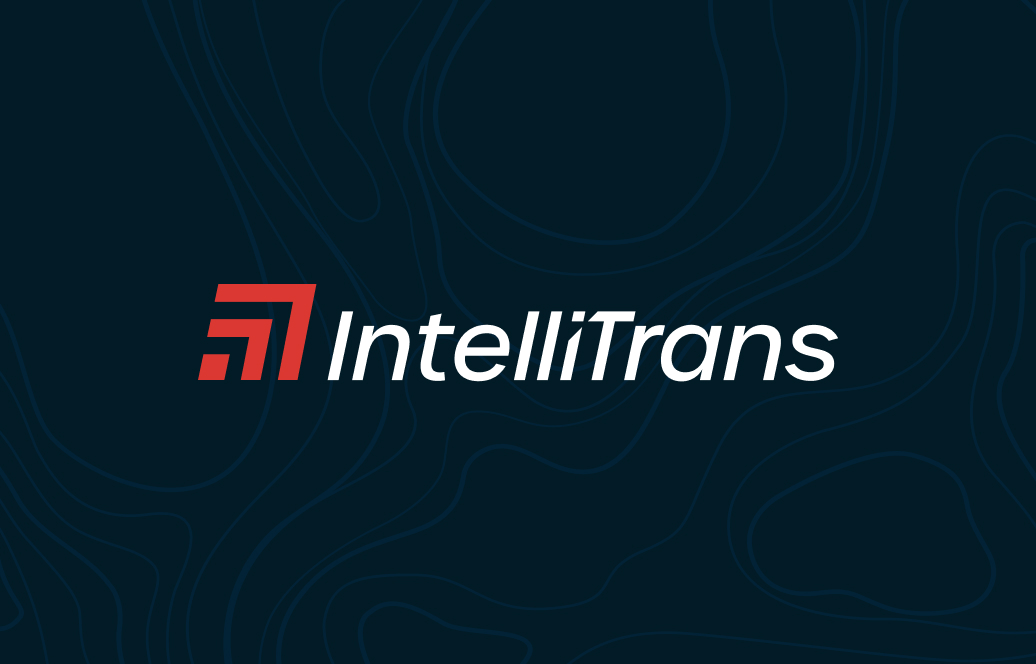

A term coined by Boston Consulting Group (BCG) in 2013, the term “adaptive supply chain” gained prominence in 2020 as companies worked to offset the impacts of the global COVID-19 pandemic while also serving their customers and maintaining their own profitability.Defined by BCG as supply chain that can respond quickly to sudden changes in demand; adapt to shifts in key markets, labor rates, and other factors; and respond resiliently to unforeseen disruptions, adaptive supply chains leverage advanced supply chain technologies to build supply chain connectivity, agility, and visibility, according to OpenText.Put simply, adaptive supply chains use cloud-based supply chain technologies to ensure business operations are prepared whatever the eventuality. These networks became crucial during the pandemic-related upheaval felt across many supply chains in 2020. Within one month of emerging, for example, 75% of manufacturers sourcing goods from China were experiencing supply chain disruptions.“The COVID-19 pandemic painfully demonstrated the vulnerabilities of global supply chains,” OpenText points out. “The learning must be that companies must restructure their operations to create far greater levels of supply chain resilience. The simple truth is supply chain disruptions will persist and take many different forms.”When supply chain disruption hit, it was clear that few were prepared for the breakdowns and delays. “Although companies were well aware of the problems that natural disasters and global geopolitical events can have,” it adds, “there was a lack of the supply chain visibility and resilience needed to quickly and effectively respond.”Building a More Adaptive Supply Chain
In How to Build a More Adaptive Supply Chain, Bain & Company Partners Olaf Schatteman and Juliane Stephan discuss the emergence of adaptive supply chains and how cloud-based software and agile work approaches can help companies achieve new levels of resilience in any business conditions.
They also write about how “companies that once boasted the world’s leanest, most efficient global supply chains” wound up suffering the greatest disruptions from COVID-19. “Saddled with inflexible networks,” they write, “their organizations now are struggling to meet soaring customer expectations for faster delivery, customization, lower cost, and sustainability.”
Pointing to resilient, flexible supply chains as the answer, Schatteman and Stephan admit that many senior executives are unsure about how to proceed at this point. And while a recent Harris poll revealed that 33% of companies feels that their technology doesn’t provide the real-time insights necessary to be able to adapt in a changing market, many of them are sticking to the age-old practice of only replacing supply chain “backbone technology” every 12-15 years. This is far too slow and prohibits companies from addressing immediate challenges and unanticipated disruptions.“Starting a multiyear transformation today risks producing a technology backbone that’s obsolete as soon as it’s launched,” the Bain & Co., partners write. “It also will be unable to integrate innovative digital solutions quickly in response to market changes.”Replacing Outdated SolutionsOvercoming this hurdle requires a more adaptive approach, a willingness to break down the information/data silos that still exist within many organizations, and a commitment to creating a more agile supply chain strategy. For example, they say that companies that use an adaptive architecture approach can rapidly add features and functionality without breaking existing relationships between systems and solutions. “That enables companies to make more data-driven decisions powered by artificial intelligence and machine learning, and to optimize supplier, internal user, and customer interactions in real time,” the authors points out. “The architecture also offers a solid foundation for companies to build a control tower as an intelligent overlay on existing systems. Finally, replacing outdated solutions is easier and less expensive, so organizations can continually innovate and scale new capabilities.”
.avif)
A Technology Platform that Supports Adaptive Supply ChainsIntelliTrans’ Global Control Tower provides high levels of supply chain transparency; aggregates, completes, and enhances data from a variety of sources; offers visibility into and execution of different aspects of the supply chain; and generates data-driven alerts and analytics that ask deeper questions and deliver meaningful insights.By leveraging tracking information, the Global Control Tower provides analytics that measures key performance indicators (KPIs) like fleet cycle time, origin/destination dwell time, lane and hauler performance, back orders, freight spend, load optimization, and more. With their rate, equipment, lease, tracking, and invoice data in a central repository that’s accessible 24/7, companies can position themselves for success in any market conditions.